Role of Judiciary in Preventing Air Pollution
Role of Judiciary in Preventing Air Pollution
Background
Air pollution is a major environmental and public health issue in India, affecting millions.
The judiciary, particularly the Supreme Court and High Courts, has taken a proactive role in addressing air pollution through public interest litigation (PIL) and enforcing laws.
Key Roles Played by the Judiciary
Expansion of Right to Clean Air under Article 21
The Supreme Court has interpreted the Right to Life under Article 21 of the Constitution to include the right to breathe clean and pollution-free air.
This interpretation compels the State to take effective measures to prevent air pollution.
Public Interest Litigation (PIL) as a Catalyst
PILs filed by citizens and NGOs have been crucial in bringing air pollution issues before the courts.
The judiciary has responded by issuing directions to the government and industries to reduce air pollution.
Judicial Directives and Monitoring
The courts have issued strict guidelines for controlling emissions from vehicles, industries, and construction activities.
Orders to implement pollution control norms, such as the adoption of BS-IV and BS-VI fuel standards.
Directions to shut down or relocate polluting industries from residential areas.
Establishment of Pollution Control Measures
Courts have ordered the setting up and strengthening of Central and State Pollution Control Boards for monitoring air quality.
Directed action plans for reduction of air pollution, including vehicular restrictions, banning of firecrackers, and control of construction dust.
Landmark Cases on Air Pollution
| Case | Contribution |
|---|---|
| M.C. Mehta v. Union of India (Vehicular Pollution Case) | Directed use of cleaner fuels and conversion of vehicles to CNG in Delhi. |
| M.C. Mehta v. Union of India (Ganga Pollution Case) | Addressed industrial emissions affecting air and water. |
| In Re: Noise Pollution (Firecrackers) | Restricted use of firecrackers during festivals to reduce air pollution. |
Promotion of Sustainable Alternatives
Courts have encouraged the adoption of renewable energy, promotion of public transport, and green technologies to reduce air pollution.
Impact of Judicial Intervention
Significant improvement in air quality standards, particularly in Delhi and NCR region.
Greater public awareness and government accountability on air pollution issues.
Strengthened legal and institutional framework for air pollution control.
Challenges
Implementation gaps remain despite judicial orders.
Rapid urbanization and industrialization continue to contribute to air pollution.
Need for continuous monitoring and stricter enforcement.
Summary Table
| Role | Judicial Action/Outcome |
|---|---|
| Interpretation of Article 21 | Right to clean air recognized as part of right to life |
| PIL Mechanism | Enabled citizens to raise air pollution issues |
| Directives to Government | Adoption of cleaner fuels, vehicular emission control |
| Strengthening Pollution Control Boards | Monitoring and enforcement of air quality standards |
| Regulation of Polluting Activities | Closure/relocation of polluting industries, firecracker bans |
Conclusion
The judiciary has been instrumental in preventing and controlling air pollution in India through proactive interpretations, issuing binding directions, and monitoring enforcement. While challenges remain, judicial activism continues to push for cleaner air and healthier living conditions.
Do write to us if you need any further assistance.








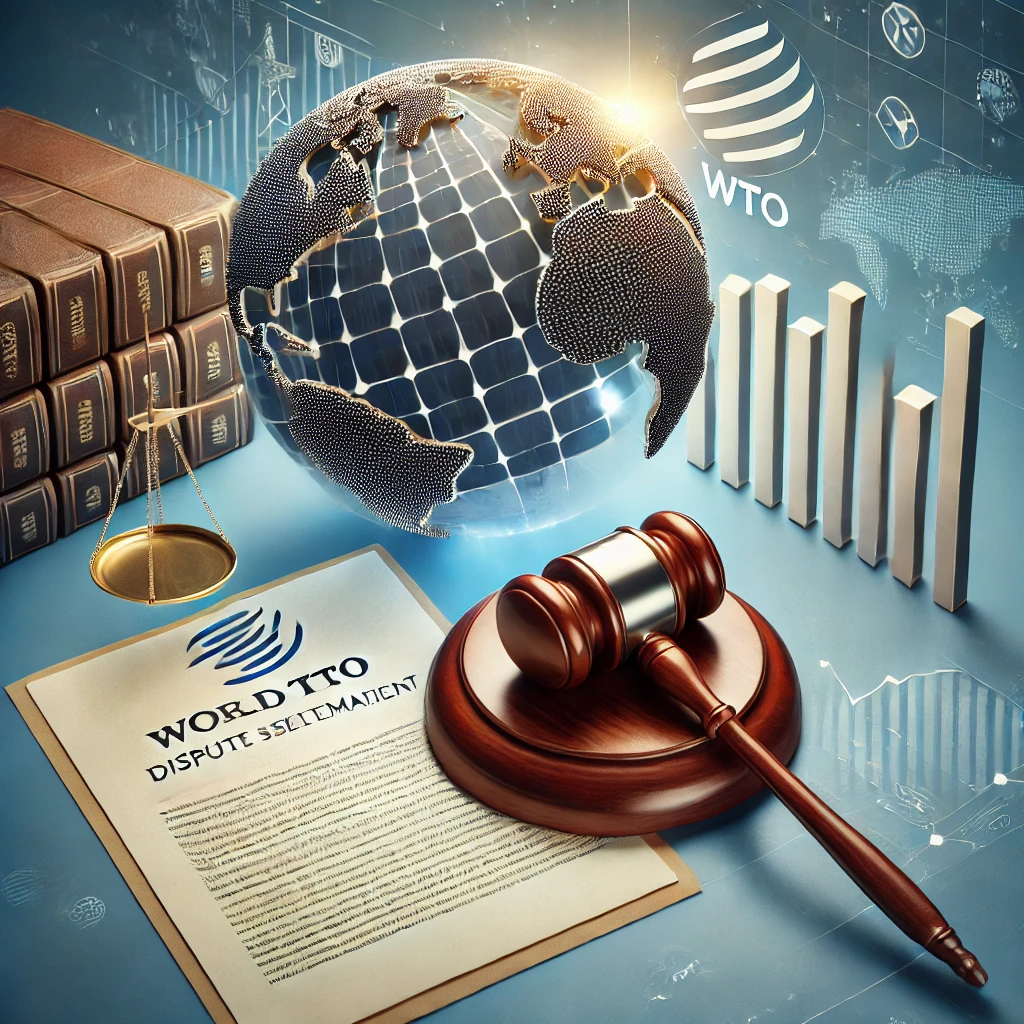

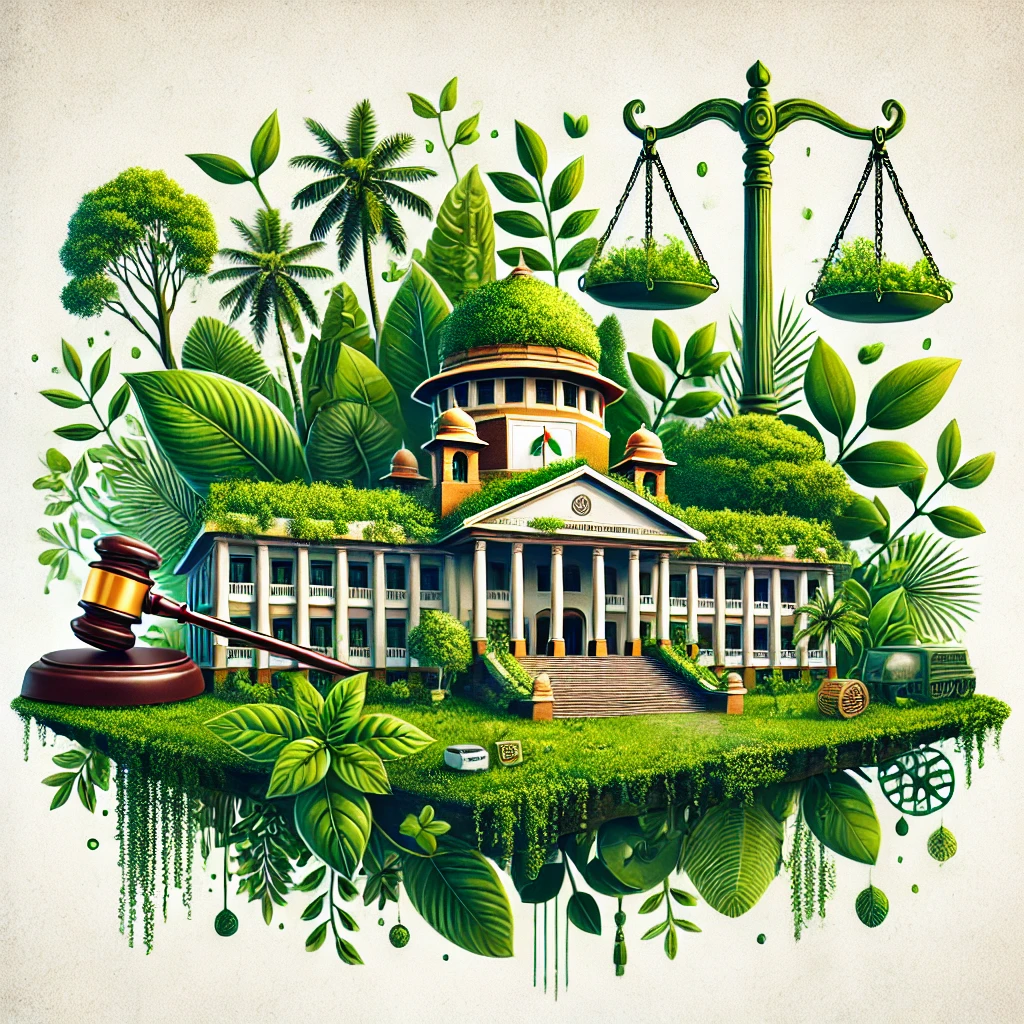
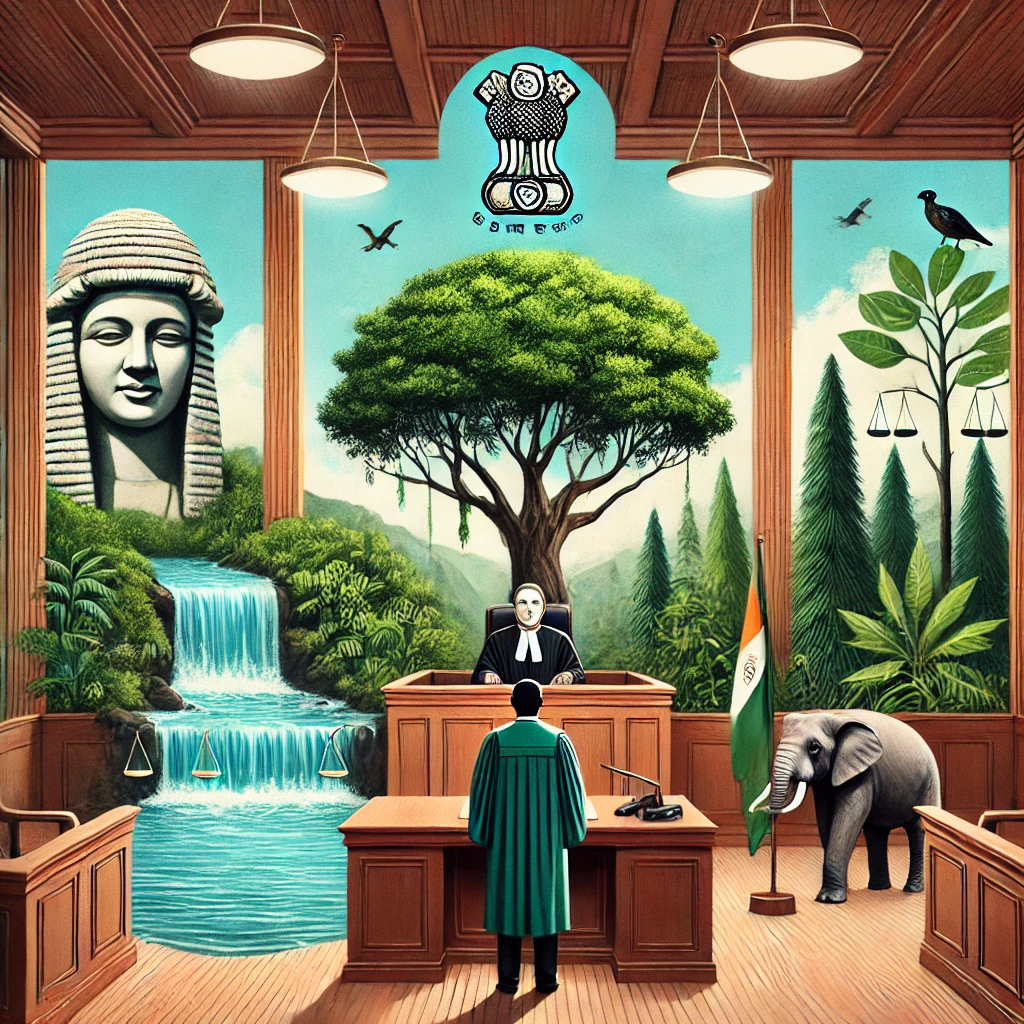

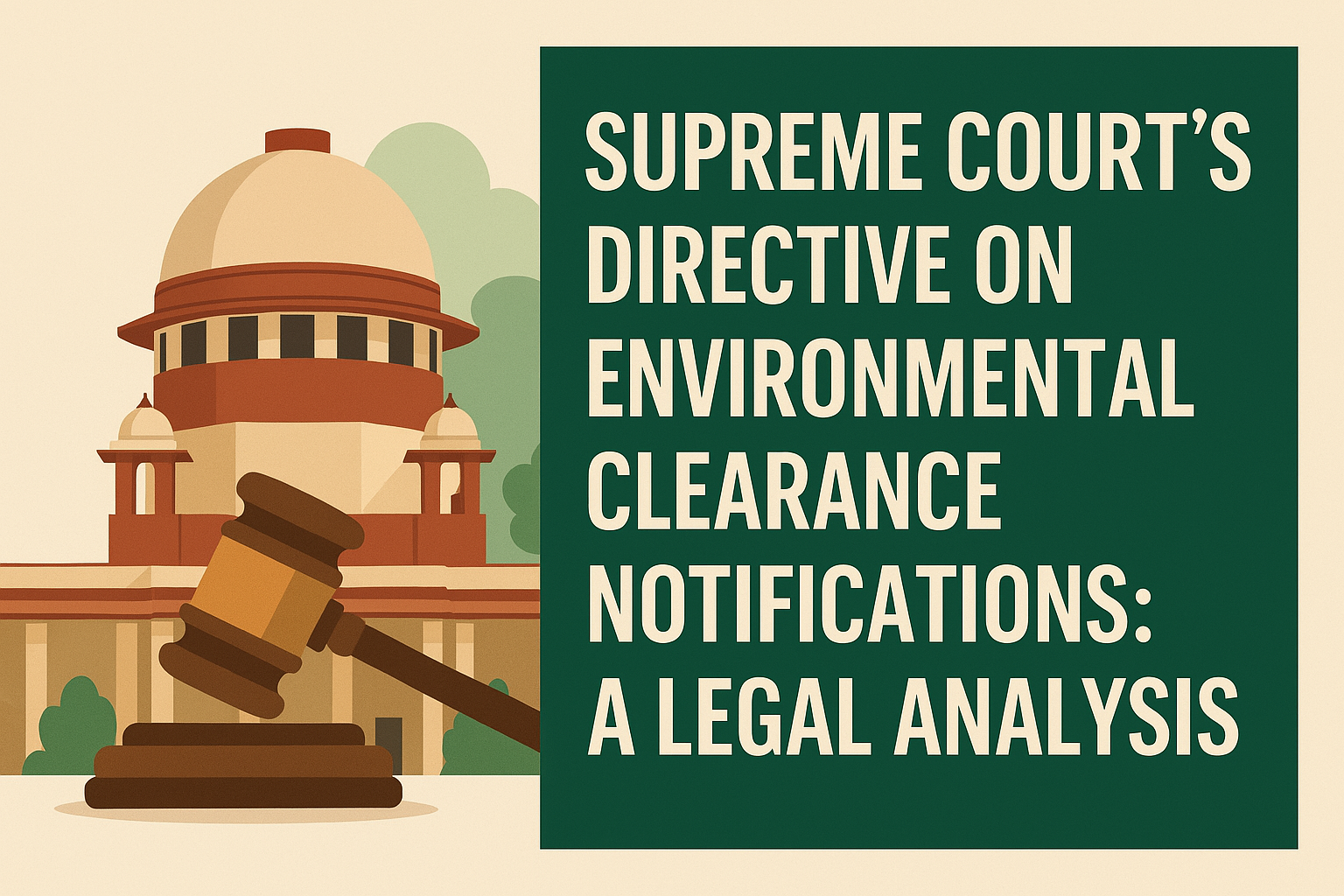
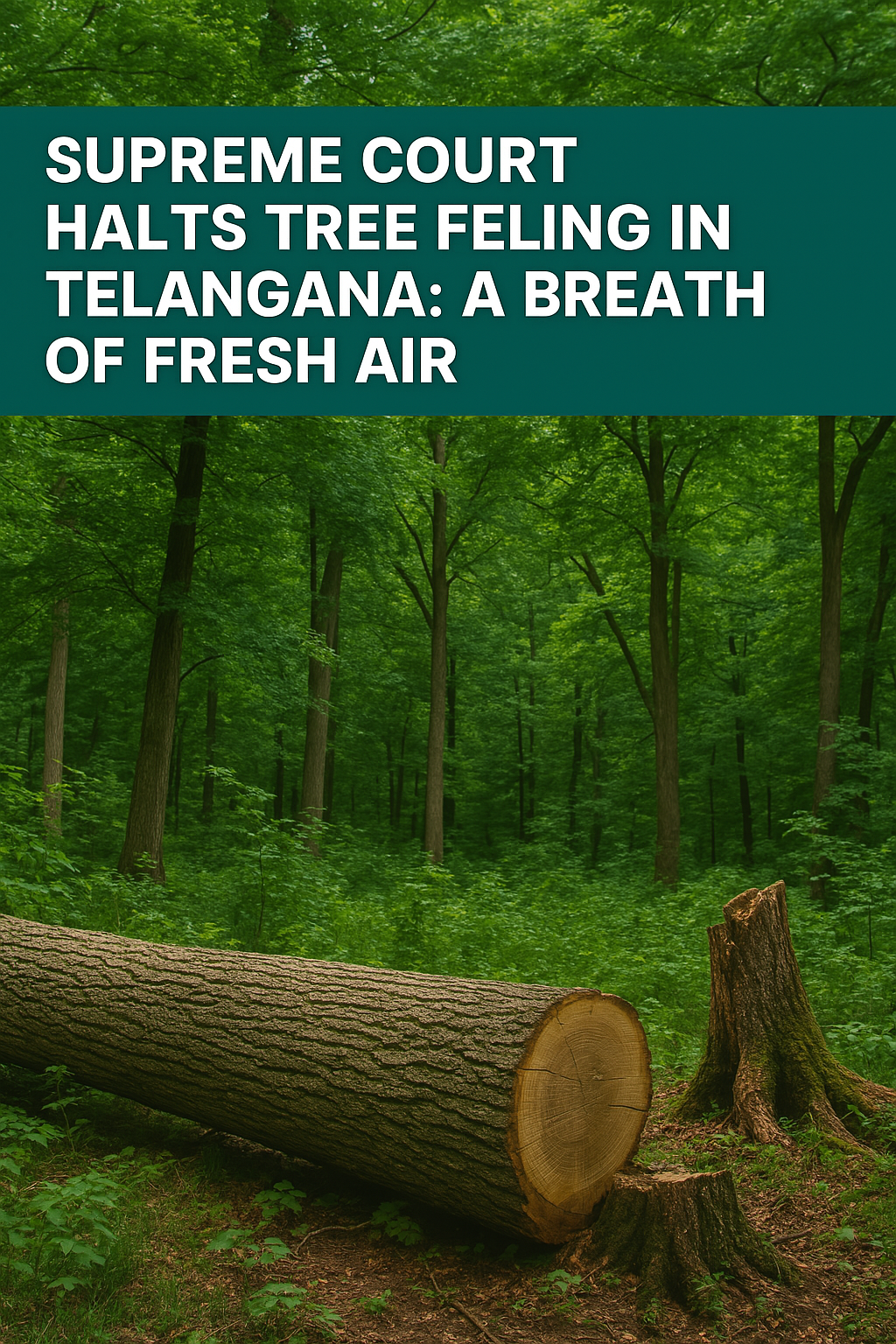

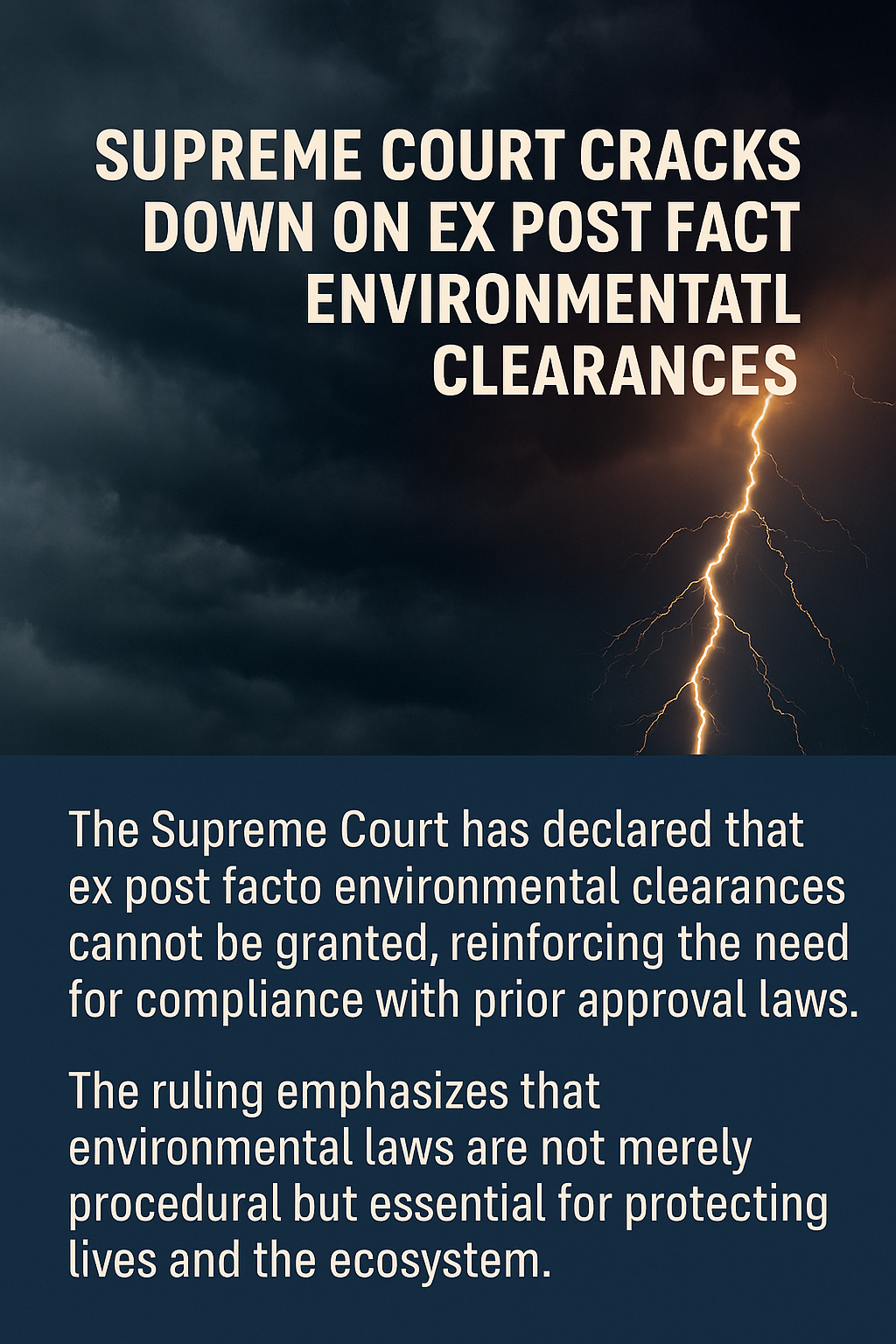
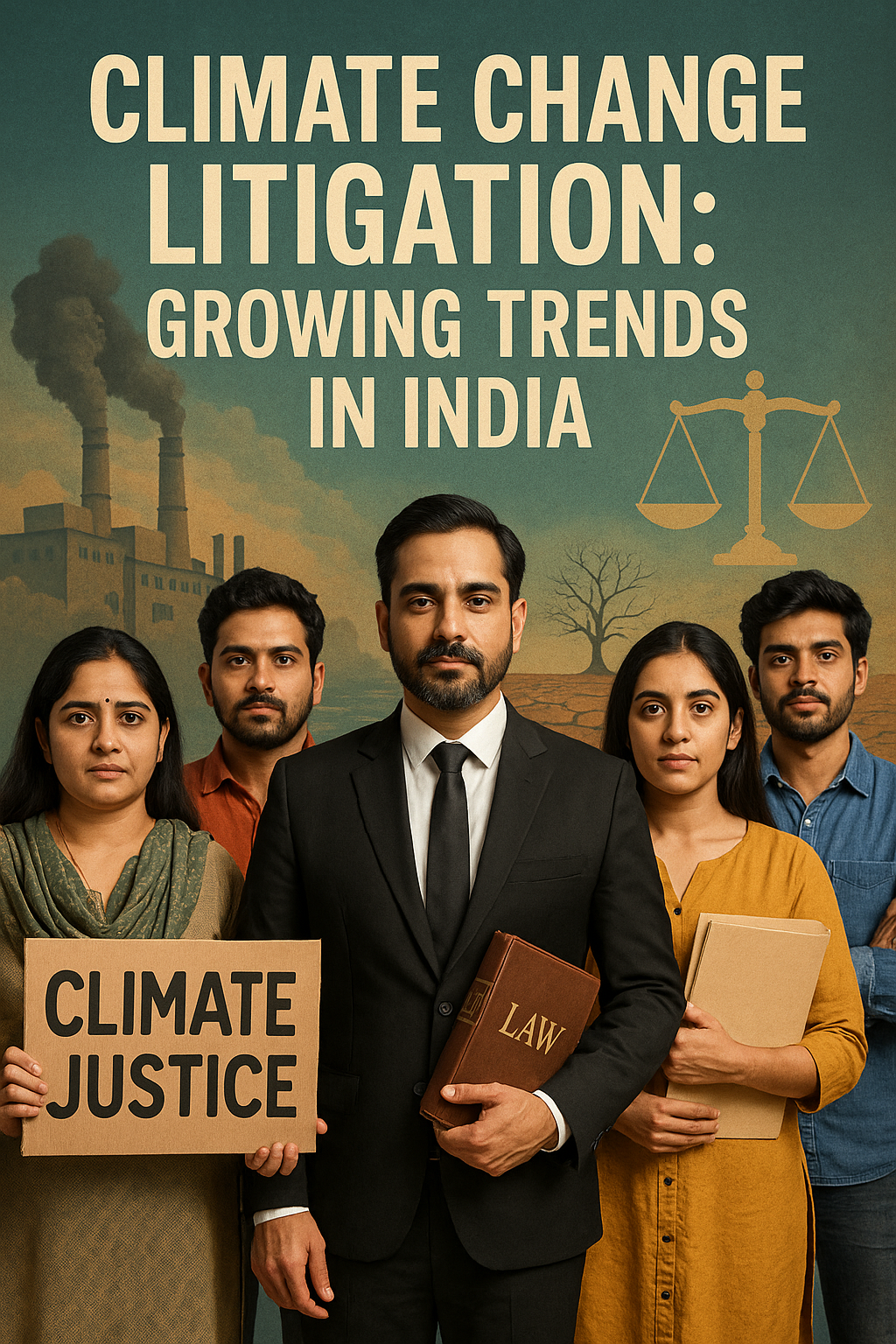
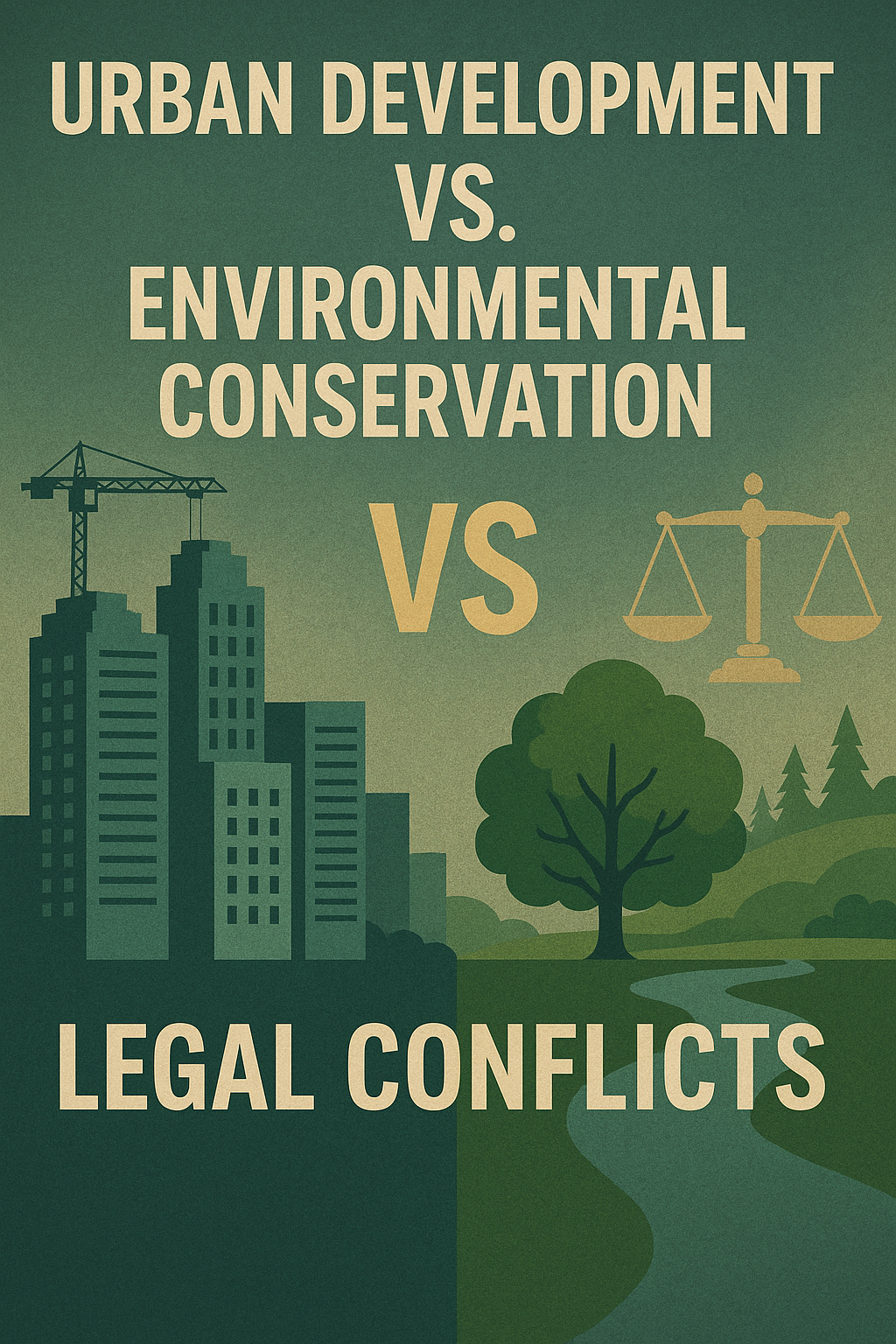

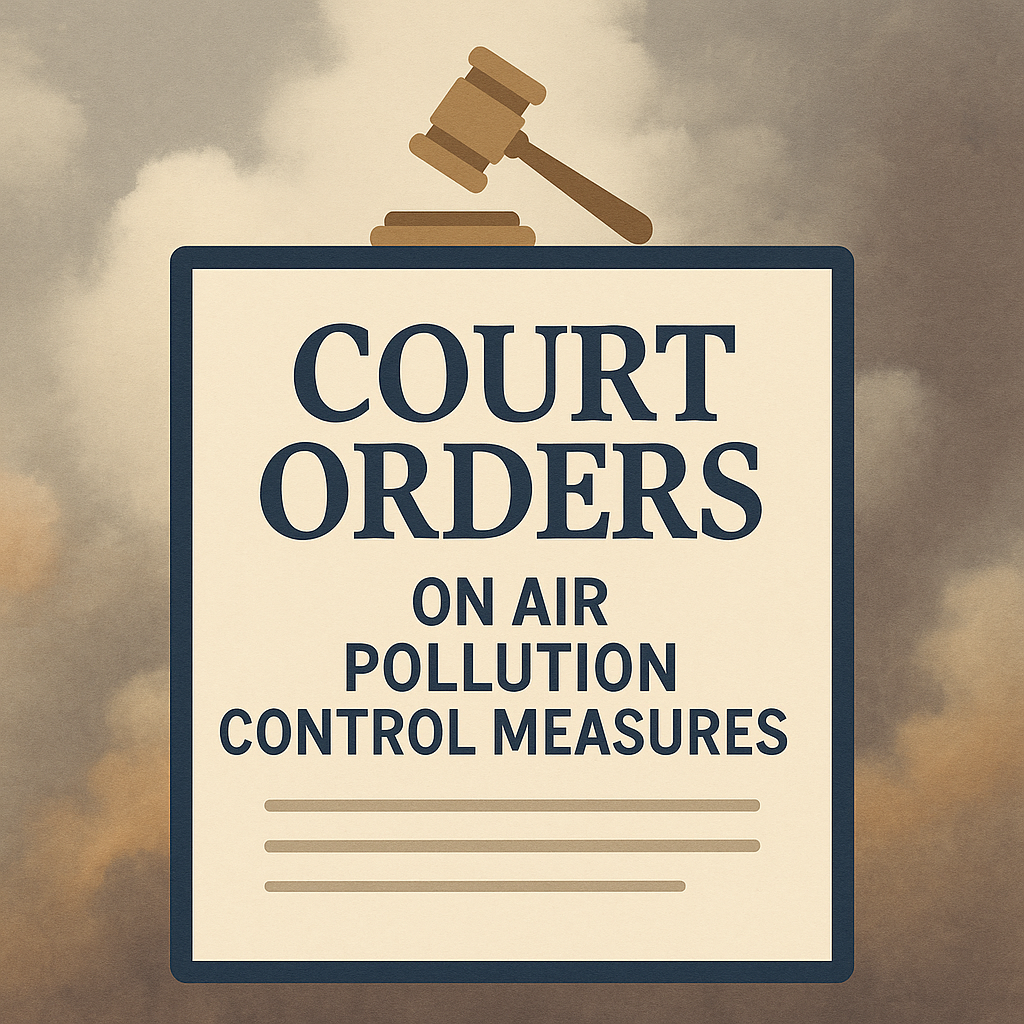






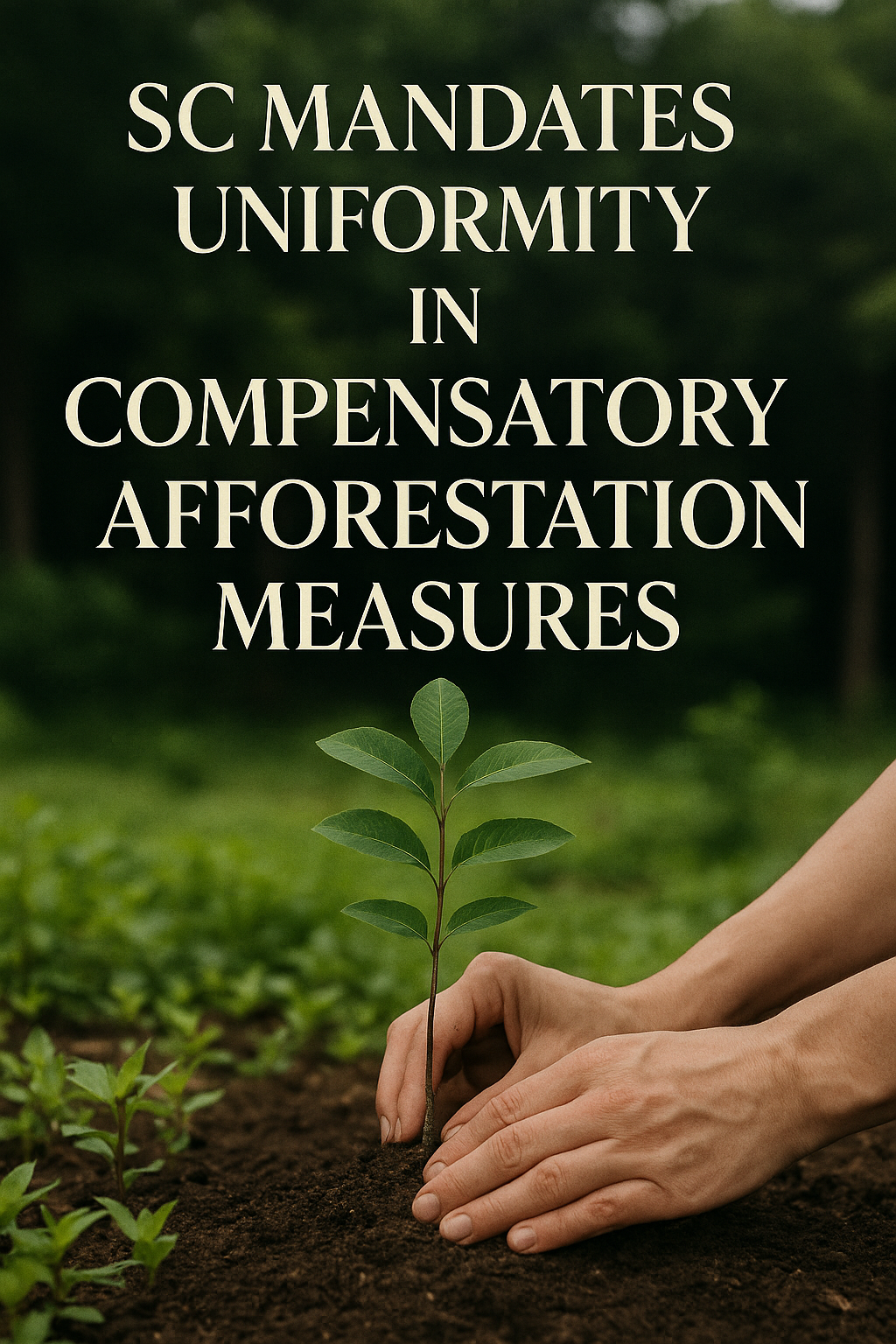
0 comments